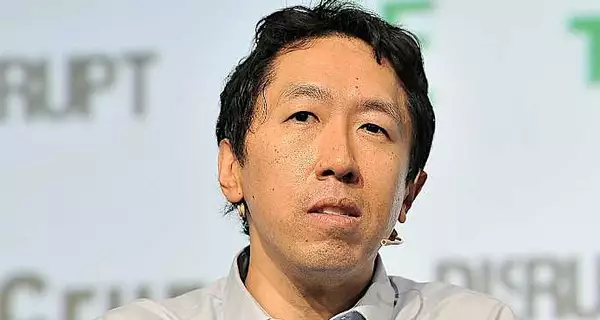Why the old charging model falls short
EVs aren’t the future—they’re already here. From suburban driveways to dense city streets, electric cars, vans, buses, and trucks are quickly becoming the norm. But charging? That’s where things start to fall apart.
Plug-in stations still fail nearly half the time, mostly due to hardware or payment glitches (INSIDEEVS). And the industry’s current workarounds—bigger batteries and ultra-fast chargers—solve one issue but create others. Bigger batteries mean more range, but also more cost, more weight, and a heavier environmental footprint.


Ultra-fast chargers? They come with serious baggage. A single 1.2 MW charger powering one vehicle’s battery can consume as much electricity in an hour as two or three homes use in an entire month. Scaling that kind of demand is pricey, complex, and unsustainable.
Why? Because the approach mirrors gas stations: stop, charge, go. But EVs aren’t gas cars, and the grid isn’t built for this kind of strain.
So what kind of charging model actually works—for cities, fleets, and the grid?
Wireless charging: A smarter, scalable alternative
Electreon, a company based in Beit Yanai, Israel, has developed a wireless EV charging system that makes the road itself part of the energy solution. Using coils embedded beneath the pavement, Electreon’s system sends power wirelessly to vehicles—whether they’re driving, crawling through traffic, or parked.
It’s powered by a technology called Dynamic Wireless Power Transfer (DWPT), which uses magnetic induction to transfer energy from road to vehicle. Think wireless phone charging—only scaled up for electric cars, delivery vans, buses, and trucks.
Wherever the vehicle is, it charges automatically. Commuters top up while circling for parking. Buses charge while boarding passengers. Vans fill up while stopped at the depot. No cables. No waiting. No hassle.
This continuous charging model keeps vehicles moving while easing grid pressure. A cloud-based platform manages it all, scheduling charging during off-peak hours to cut costs and improve efficiency. That means lower TCO, less battery wear, and reliable charging even in dense, high-traffic areas.
And because the infrastructure is safely embedded in the road, it’s tamper-proof and nearly maintenance-free—unlike plug-in stations that regularly break down.
One system for every EV
Electreon’s system works across vehicle types: buses, trucks, taxis, ride-hailing fleets, delivery vans, and private cars all share the same invisible infrastructure. Whether installed on roads, in parking lots, or at curbsides, the setup is universal and cost-effective.
Deploying the tech along busy routes used by a mix of vehicles boosts efficiency and makes the model financially viable—especially for fleet-heavy operations like BRT lines, last-mile delivery, or shared mobility. And it’s fully automated—no driver input needed.
The company recently announced plans to launch a home charger, extending its wireless technology to private EVs, making the offering even more compelling for everyday drivers.
Flexible business models also make it easier to adopt. Operators can pay per charge, like a utility, or opt for Charging-as-a-Service (CaaS), with a fixed monthly fee that covers energy and software. The system can be licensed to public and private partners to support broader rollout and shared investment.
Live around the world
Electreon’s tech is already on the ground. It will charge Haifa’s Metronit BRT lines, already powers Electra Afikim’s depot in Rosh Ha’ayin, and will soon operate lines near Petach Tikva’s Grand Mall. In the U.S., it’s deployed beneath the country’s first public wireless charging road in Michigan and keeping UCLA’s campus shuttles moving—right on time for the 2028 Olympics.
In Germany, it’s supporting electric freight along the Bavarian autobahn. And leading automakers have already partnered with Electreon to integrate the technology into new EVs and retrofit existing ones. With policy support from Michigan’s innovation corridor and EU transport initiatives, the momentum is growing.
Built for the future
According to the IEA, by 2030, one in three new buses sold globally will be electric. By 2035, EVs are expected to make up 25% of all vehicles on the road. And a 2025 McKinsey survey found that 38% of non-EV owners are ready to switch—if charging improves.
Wireless charging may be the missing link—not just to EV adoption, but to a better EV experience.
As the world shifts to electric, and vehicles begin to drive themselves, Electreon’s system is already built for what comes next: always on, always ready, and invisible by design.
It’s not just a glimpse of the future. It’s infrastructure that finally fits how we move.





